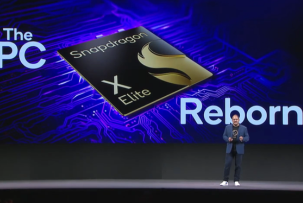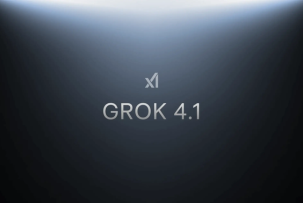Seagate Introduces New Generation 30 TB Hard Drives: Faster, Denser, Smarter
12:05, 16.07.2025
Seagate has launched the first hard drives using heat-assisted magnetic recording (HAMR) technology, Exos M and IronWolf Pro, with capacities up to 30 TB. Built on the Mozaic 3+ platform, these drives are designed for cloud data centers, NAS systems, and AI and video analytics tasks. The starting price is $599.99.
New Technologies and Performance
The new products use laser heating of the surface to 450°C to increase recording density, and reading is performed using seventh-generation Spintronic Reader sensors. Both models feature:
- 3.5" form factor
- Rotation speed: 7200 rpm
- Cache: 512 MB
- Transfer speed: up to 275 MB/s
- Interface: SATA 6 Gb/s
PowerChoice and PowerBalance technologies optimize power consumption depending on the task, from 6.9 W to 9.5 W, allowing these drives to be used in scalable solutions: for example, a 4U server can hold up to 3 PB, and a standard server rack can hold up to 36 PB.
Exos M vs IronWolf Pro
Although both models have similar characteristics, Exos M is designed for large data centers — it has a reinforced design, vibration protection, and increased reliability in multi-drive arrays.
IronWolf Pro, in turn, is optimized for NAS systems in offices, where round-the-clock operation, multi-user access, and compatibility with analytical and multimedia tasks are important.
Testing showed:
- Both drives achieve up to 275–277 MB/s in sequential read.
- In random read (4K, QD16), Exos M showed 171 IOPS, IronWolf Pro — 84 IOPS.
- Small block writing is slightly weaker (due to the specifics of HAMR): Exos M — 346 IOPS, IronWolf Pro — 311 IOPS.
In mixed scenarios (read + write), Exos M demonstrated improved performance thanks to its new cache architecture.
Pricing and Availability
The new hard drives are already available for purchase:
- 30 TB — $599.99
- 28 TB — $569.99
Prices are the same for both lines. Given their scalability and energy efficiency, Seagate's new products could become key players in the enterprise storage market in the coming years.


